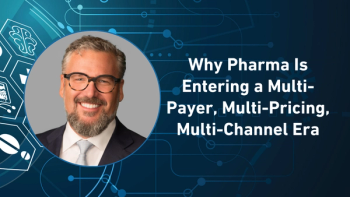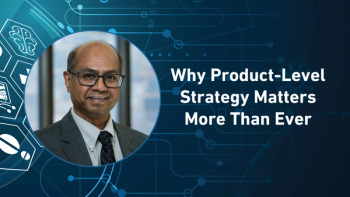
For the first time, spend decreased for 'traditional' drugs among the commercially insured in 2012, says Express Scripts
Annual Drug Trends report measures growth in specialty spending, nosedive in generics pricing; also, the idea of prescription 'choice architecture' to encourage better outcomes
As the biggest PBM in the country, Express Scripts (St. Louis) is able to take a comprehensive look at overall pharmaceutical usage and economic trends, and in its
Much of this is to be expected. Between the loss of exclusivity of Plavix (clopidogrel) last year, and Lipitor (atorvastatin) in late 2011, nearly $10 billion in drug sales alone was taken out of the mix; billions more came out of other drug expiries. What is surprising in the Express Scripts data is that generic pricing declined 24%--and this is in a market where prices have been at rock-bottom levels for years. Express Scripts has published a
Adam Fein, industry analyst (and Pharmceutical Commerce editorial board member) notes in his
Choice architecture
The Express Scripts report has another buried time bomb in it: limits on the ability of healthcare providers and the pharma industry to have an effective impact on patient wellness. In an outlook section, Express Scripts says that “Patient engagement increasingly is promoted as an effective way to improve quality and lower cost in health care. However, after delving into the science of patient engagement, skepticism is warranted.” The point is more fully developed in a paper, published in the current issue of Health Affairs, “Choice Architecture is a Better Strategy than Engaging Patients to Spur Behavior Change” (Health Aff., 32. No. 2 (2013): 242-249). By “choice architecture,” Express Scripts means a group of incentives, such as opt-out step therapy (rather than opting into it); “active choice” in filling prescriptions by mail (requiring full-price purchasing if mail is not used) and “precommitment” (forcing patients to opt out of lower-cost replacement therapy). The overall effect of these incentives are to compel patients to do what they ought to do, in some cases, to maintain therapy and to reduce costs—but the forced nature of them is obvious. This approach is a stark contrast to the many social-media and other techniques being offered today to engage patients, via mobile platforms especially, to remain on therapy or to better monitor their own health. And there are already signs that some patient-engagement
How this will all play out, especially given the negative economic impact on parts of the healthcare system like retail pharmacy, remains to be seen.
Newsletter
Stay ahead in the life sciences industry with Pharmaceutical Commerce, the latest news, trends, and strategies in drug distribution, commercialization, and market access.




